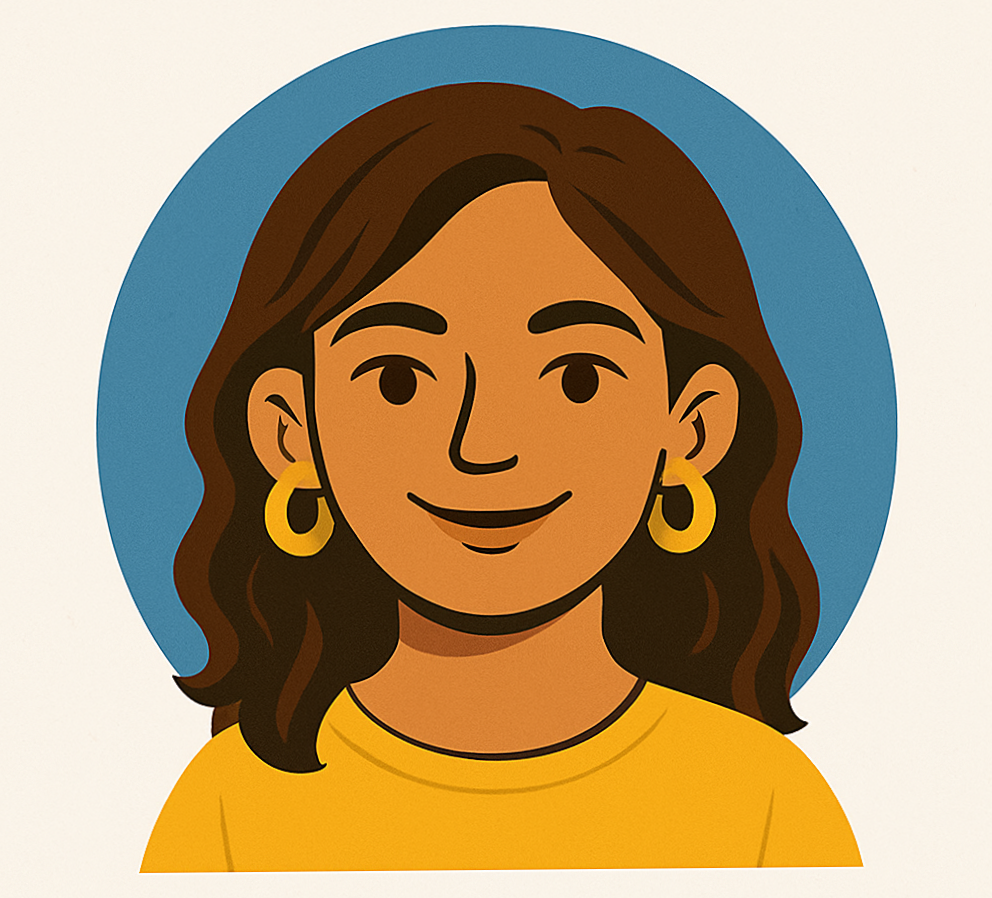Break, Build, Repeat: Designing a Lightning Wallet That Actually Makes Sense
A bit about my journey
Initially, I was unaware of Summer of Bitcoin’s new designer’s track. Upon discovering it, I swiftly updated my portfolio with recent work and applied within three days. I got in!
Our journey then included a Bitcoin educational course, proposal round, and more.
This was the design track’s first launch at Summer of Bitcoin, posing a challenge due to the lack of previous year’s design-specific proposals for reference. We had frontend-dev proposals to look at, which were the closest available option for design track applicants.
How’s the competition?
More than 10,350 students from 74 countries applied to this year’s Summer of Bitcoin program, with the number of applicants typically ranging between 10,000 and 15,000+.

This intense competition is particularly noticeable for those interested in the design track. This is not to undermine the efforts of developer track participants who tirelessly work day and night to shape the future of Bitcoin and its wallets. However, the design track presents a challenge due to a smaller pool of projects available for contribution, in contrast to the developer track which benefits from a wealth of reference proposals spanning several years.
How to choose your project?
Before you choose your project, go through all the links provided to you. Like, in my case it was the bitcoin guide website. It covers all the topics like how to find right project, how to write proposals etc. Trust me when I say, you need to go through all of them thoroughly.
Now when you are done with that, you are free to explore through all the projects/organizations and find the right fit for you.
Which project fits you best?
Here, it’s crucial to be honest with yourself when selecting a project. Opting
for the most challenging project doesn’t guarantee an advantage due to
potentially lower competition. Instead, choose something you’re confident in
and skilled at. Keep in mind that the internship will present its fair share
of challenges and provide ample opportunities for learning and growth. Read
for more.
Also choose something that excites you!
What to do next?
Generally, there is an option to submit a maximum of 3 proposals for three different projects. Many people opt for this approach to enhance their chances of being selected. According to me, it’s advantageous, especially if you have a 2–3 month timeframe until the proposal round concludes. However, I chose to focus on just one. Juggling multiple proposals in short amount of time could potentially divert your attention in three different directions.
So, if you’re short on time like me and are concentrating on just one project, start by researching it. Join its communities on platforms like Discord or Slack. Gather all the GitHub links you can find and read through the pull requests along with the accompanying comments. Make sure you have access to all available information about your project on the internet. Since it’s an open-source endeavor, obtaining this information should be relatively easy.
Be Active!
Having joined the communities and social media platforms, introduce yourself and engage with others. Maybe try to help where possible. Subscribe to newsletters for volunteer opportunities. Join community calls and learn established practices. Start contributing through small actions like pull requests or reviews. For new projects, brainstorm logo designs. These practices will help you stay engaged in your project. Respect everyone throughout this process. I’ve seen contributors show arrogance when mentors couldn’t respond promptly. Remember, mentors are busy, and mistakes are unintentional. Let’s empathize and support each other as humans.
How to make a impactful proposal?
Before we start this topic, a frequently asked question is
How much time is required to make an impactful proposal?
I personally had 15 days to complete all these processes: researching the organization, exploring the project, contributing to the community, and crafting a proposal. It was quite challenging for me, especially since it coincided with the end of my semester.
For a more well-organized and thorough approach, I would recommend allocating 30–45 days (particularly if you’re new to open source) to the entire process.
To create a compelling proposal, it’s essential to divide it into four parts:
- About Me: Share your background, your interest in Bitcoin, and a bit about your hobbies.
- Project Choice: Explain why you’ve selected this specific project.
- Work Experience: Detail your previous work, even informal creative endeavors, to showcase your skills and expertise.
- Planning and Schedule: Break down your project into manageable tasks, considering your availability. Outline how you intend to efficiently complete it within the allotted time.
Remember, a well-structured and comprehensive proposal can greatly enhance
your chances of making a significant impact within the open-source community.
For further reference I’m adding my
proposal
as well as all the proposals which were
accepted this Summer
of Bitcoin.
Whom to ask for help if stuck?
Technically, you can always tag your assigned mentor in the community and ask your queries. If they happens to be busy (which is often the case, considering they review around 20 proposals per day), you may send your proposal to the host/administrator of your program. They possess considerable experience and expertise in this area, enabling them to discern which proposals are likely to be successful and which ones may not make the cut.
Conclusion
Generally, the proposal round is the final stage. However, in certain cases,
mentors might request an interview or a zoom/meet with you, so it’s advisable
to be ready for such an eventuality. This happened unexpectedly in my case,
but my thorough research allowed me to confidently address my mentor’s
questions.
Also check out my blogs on making lightning wallet from scratch:
#blog1 : For design brainstorming, UX research
#blog2 : For branding and UI guide
All the best to all future contributors. Hopefully, this guidance proves helpful. If you have any questions, feel free to leave a comment, and I’ll respond as promptly as I can.
